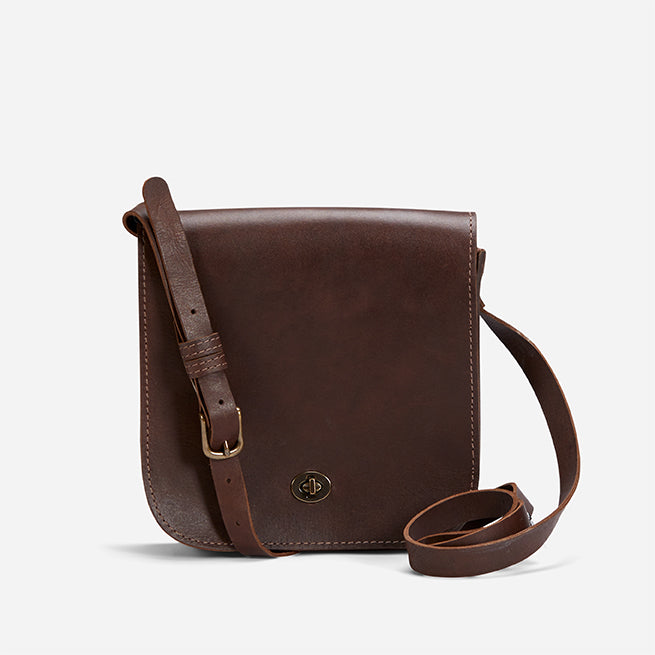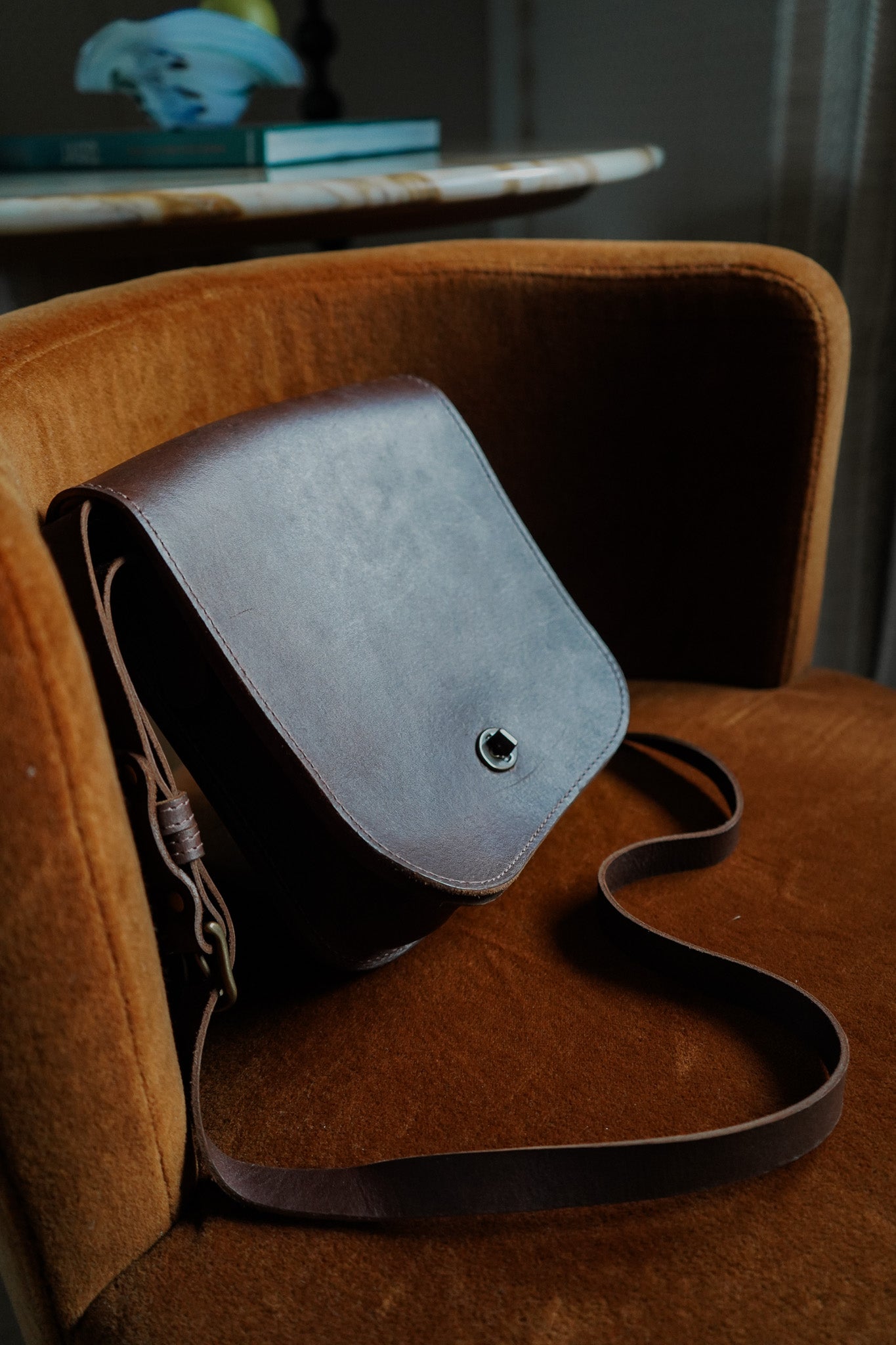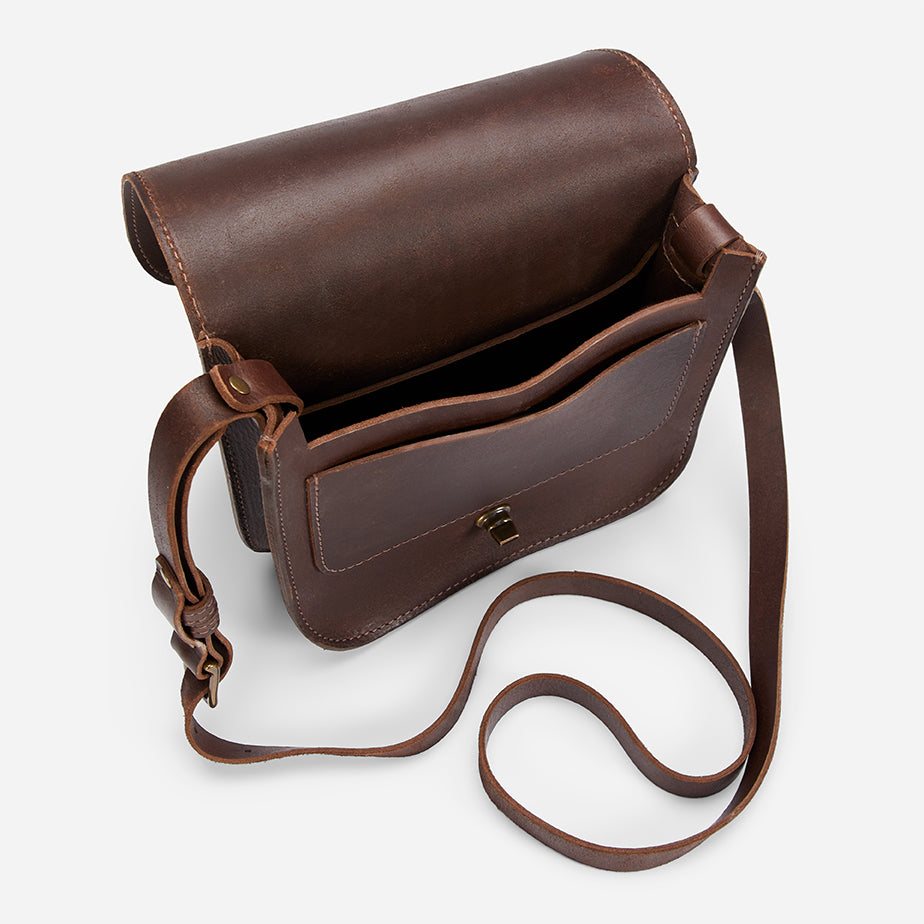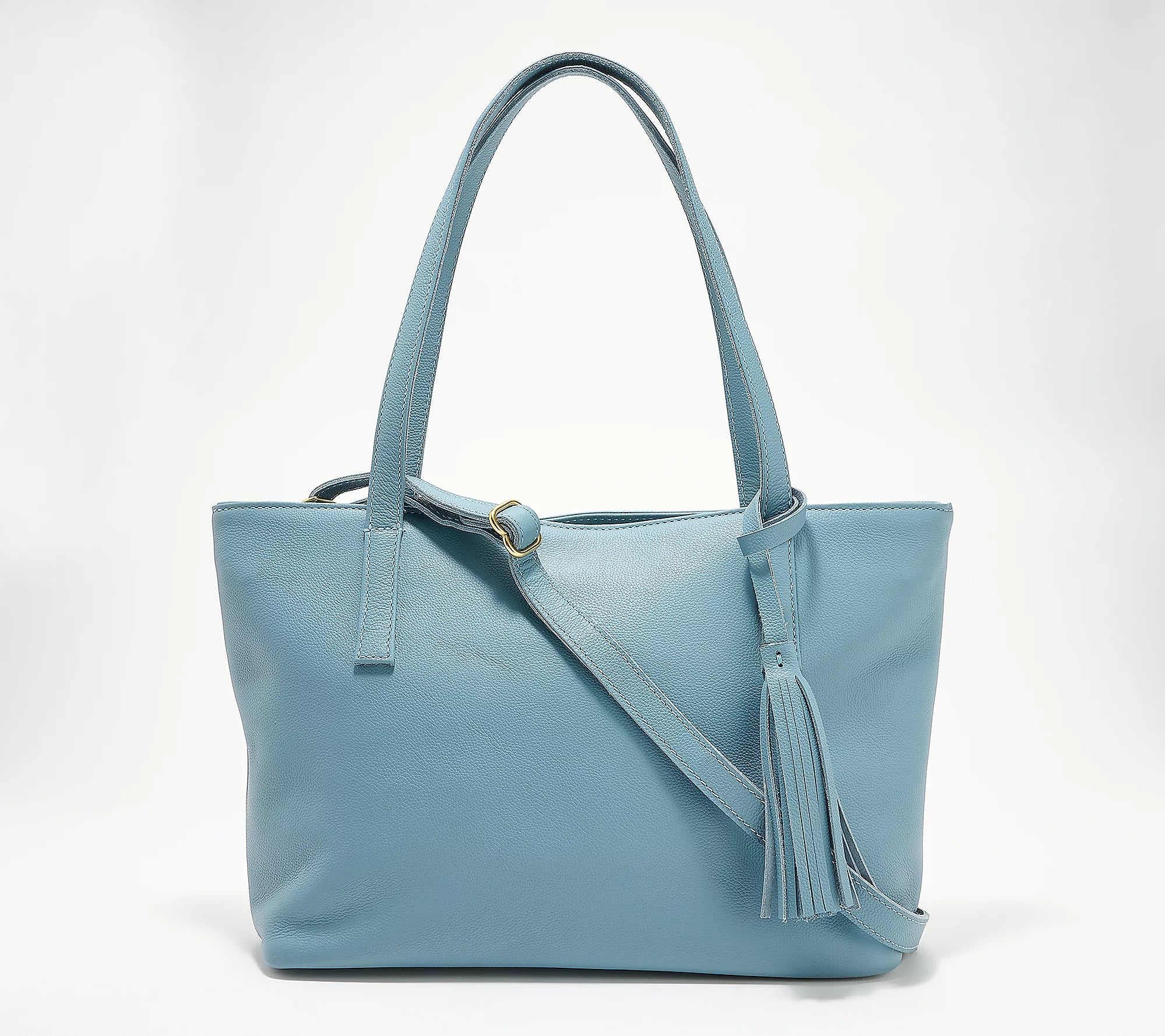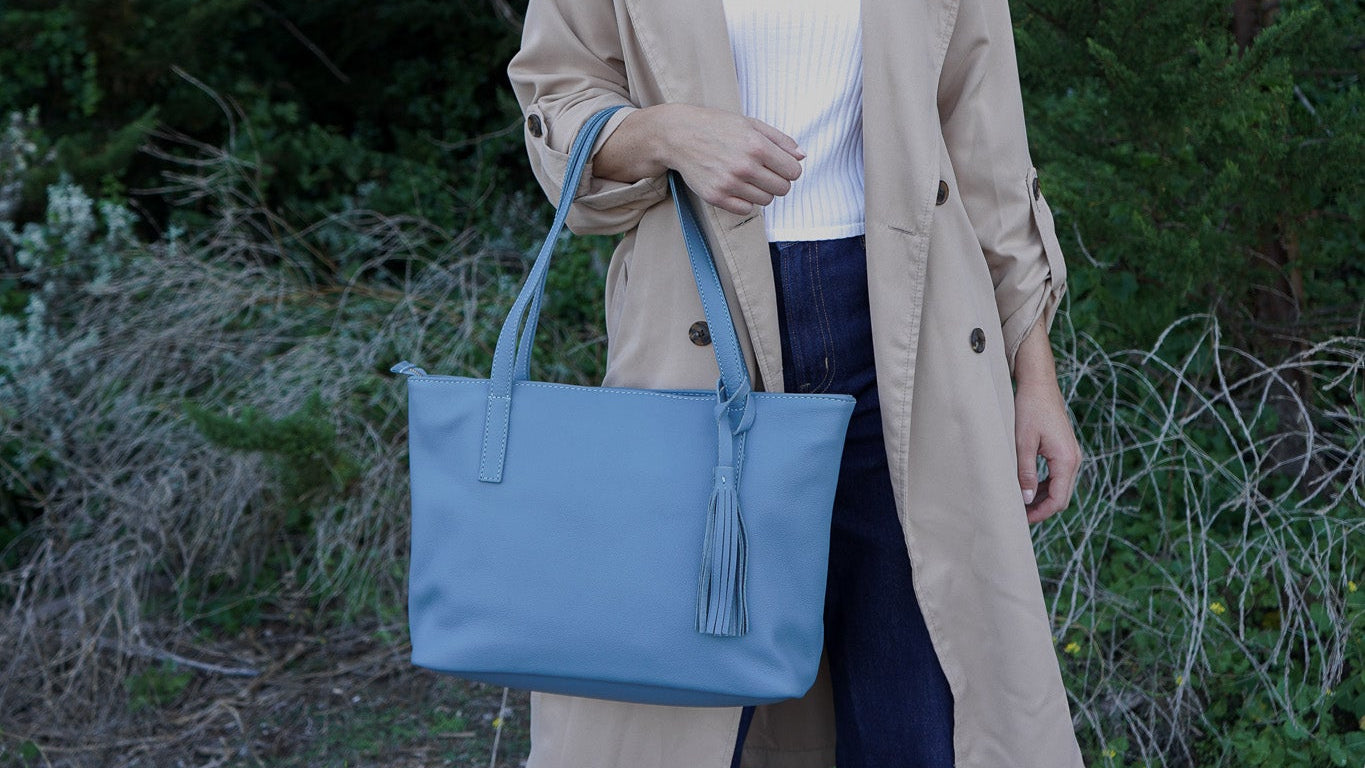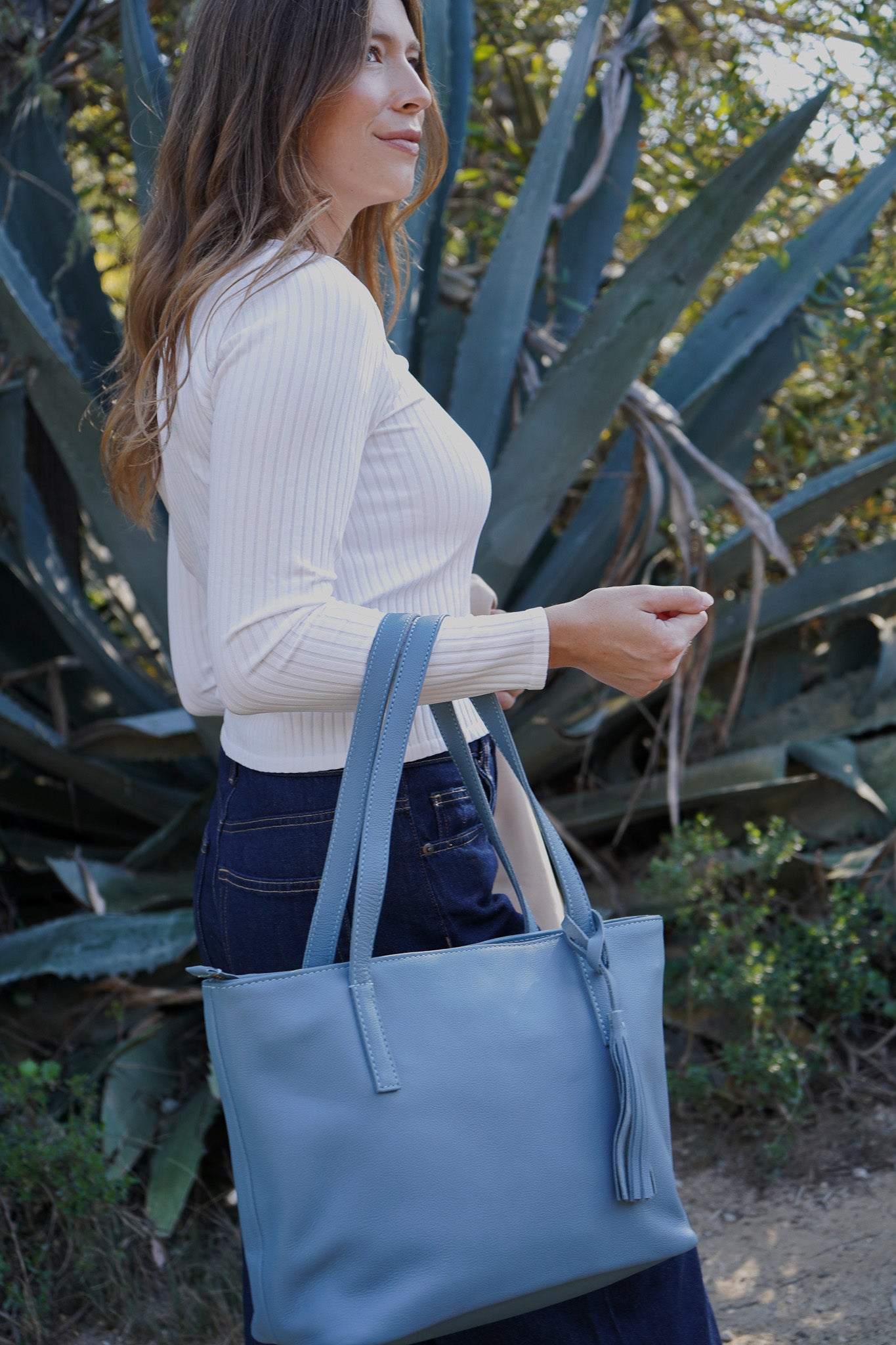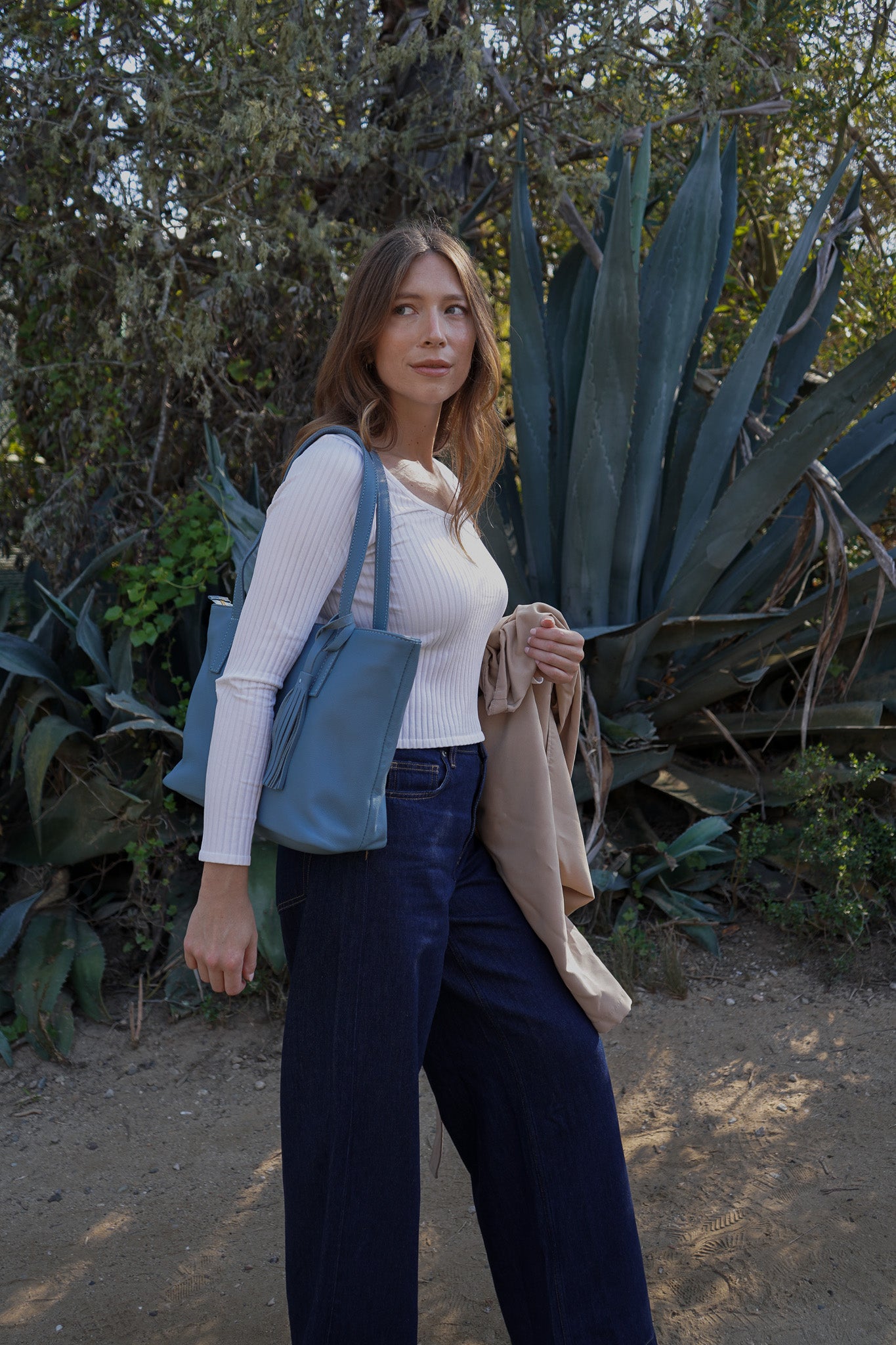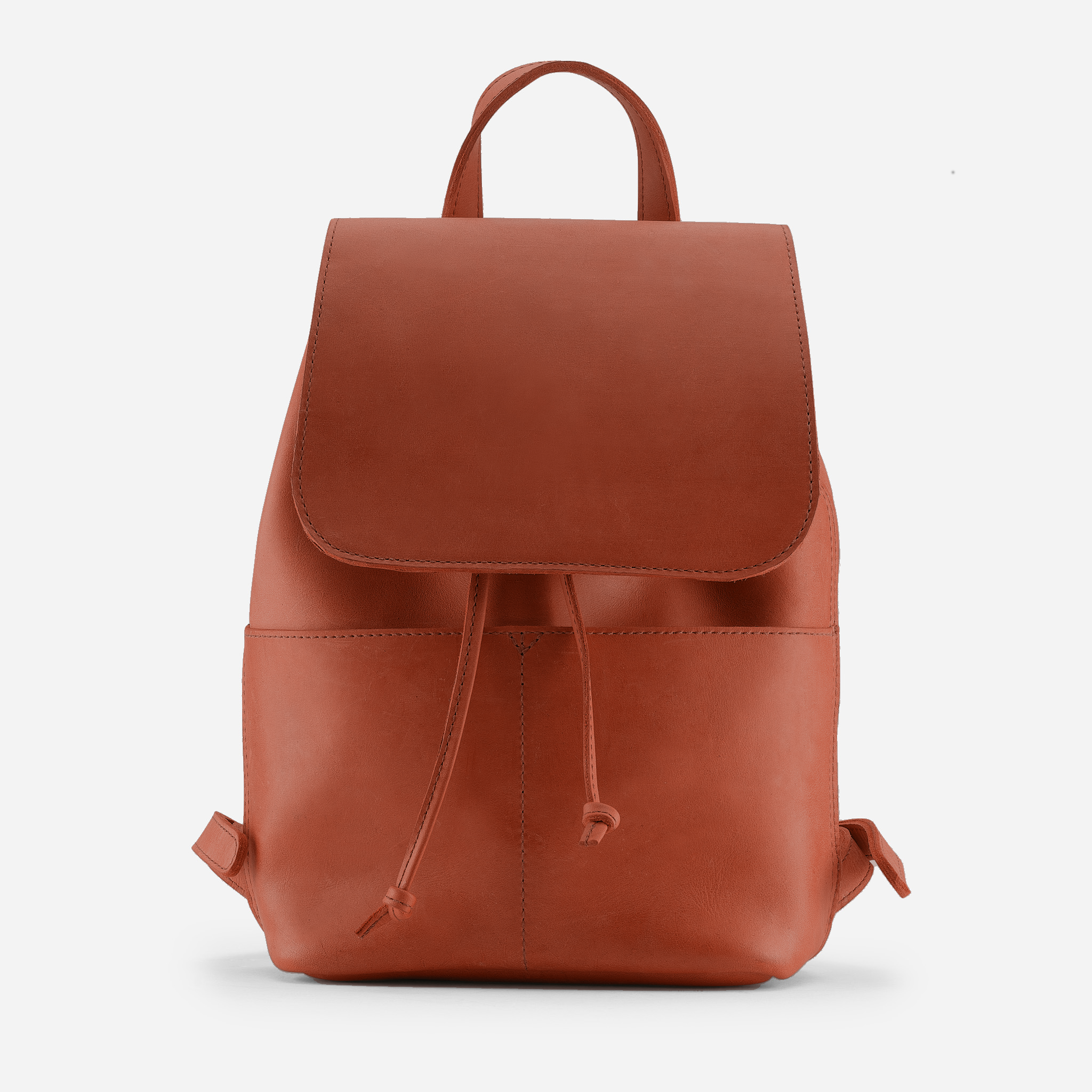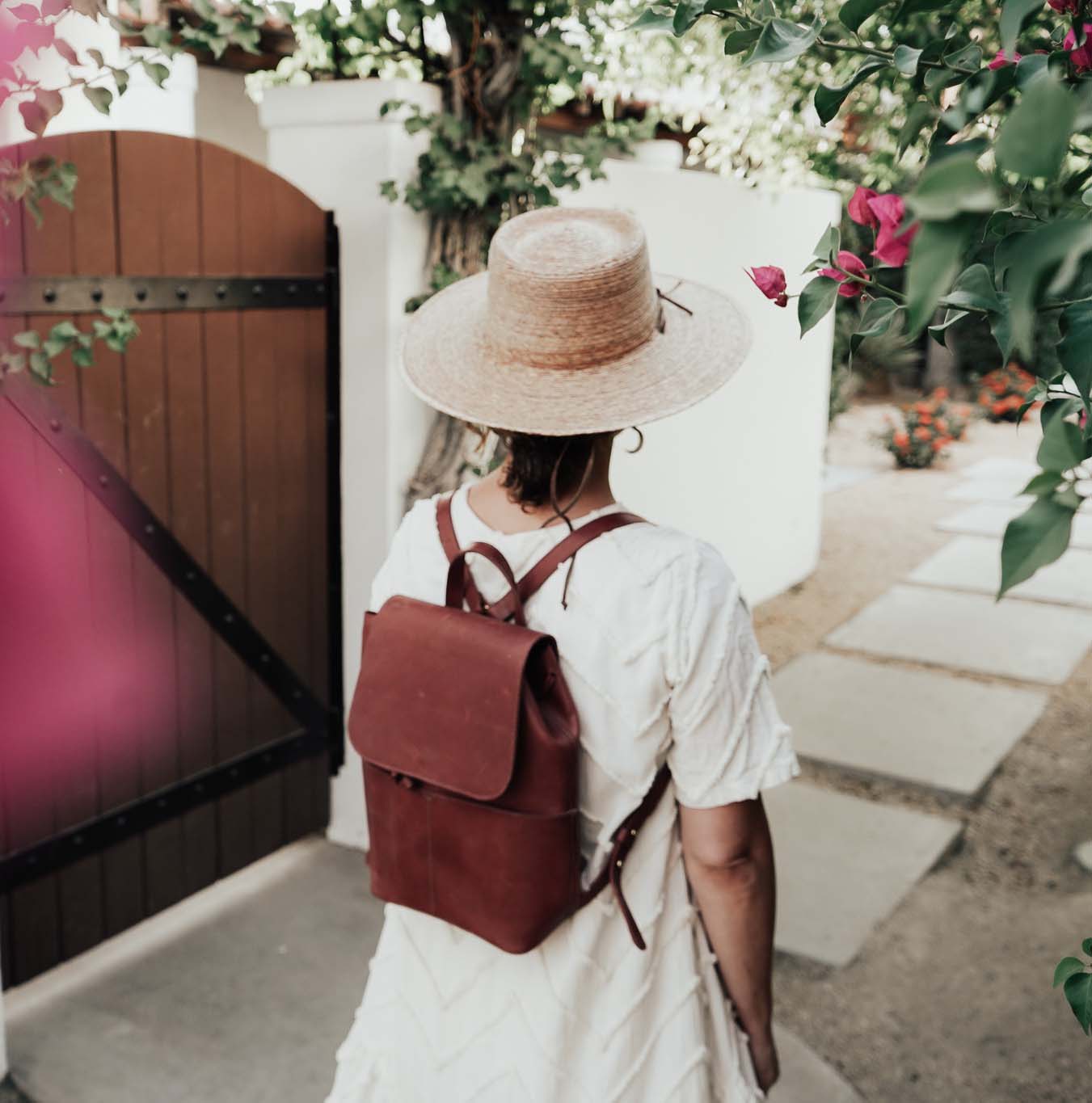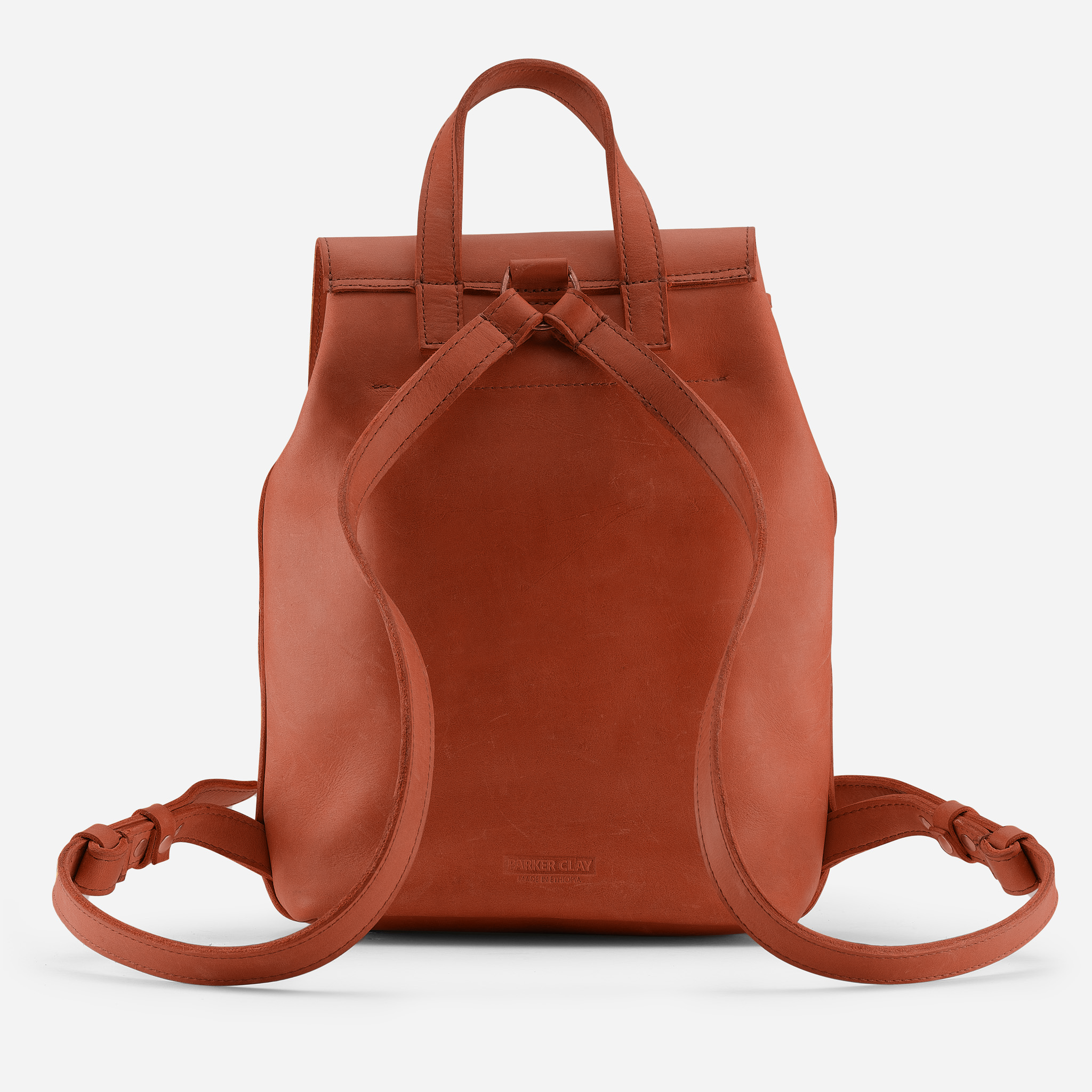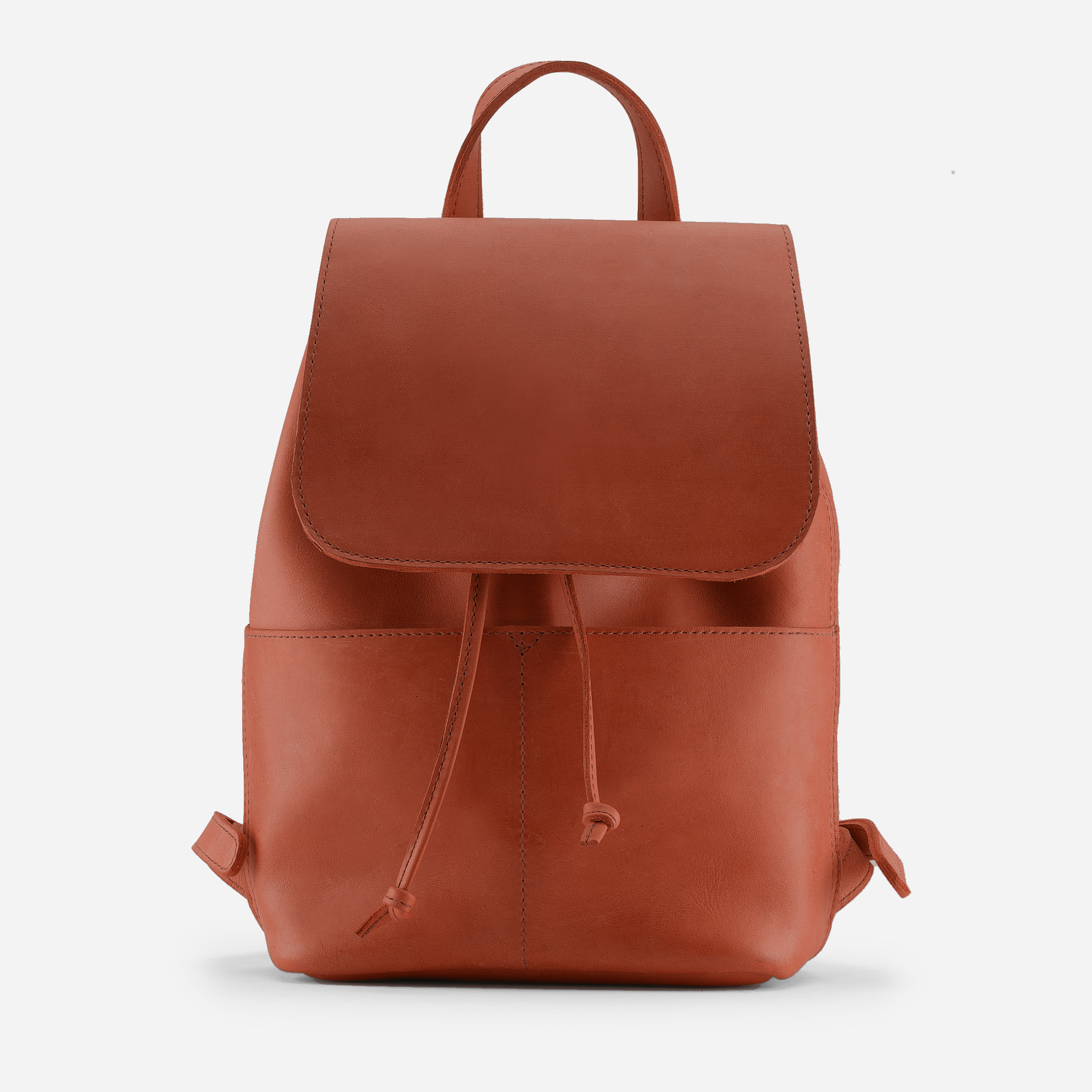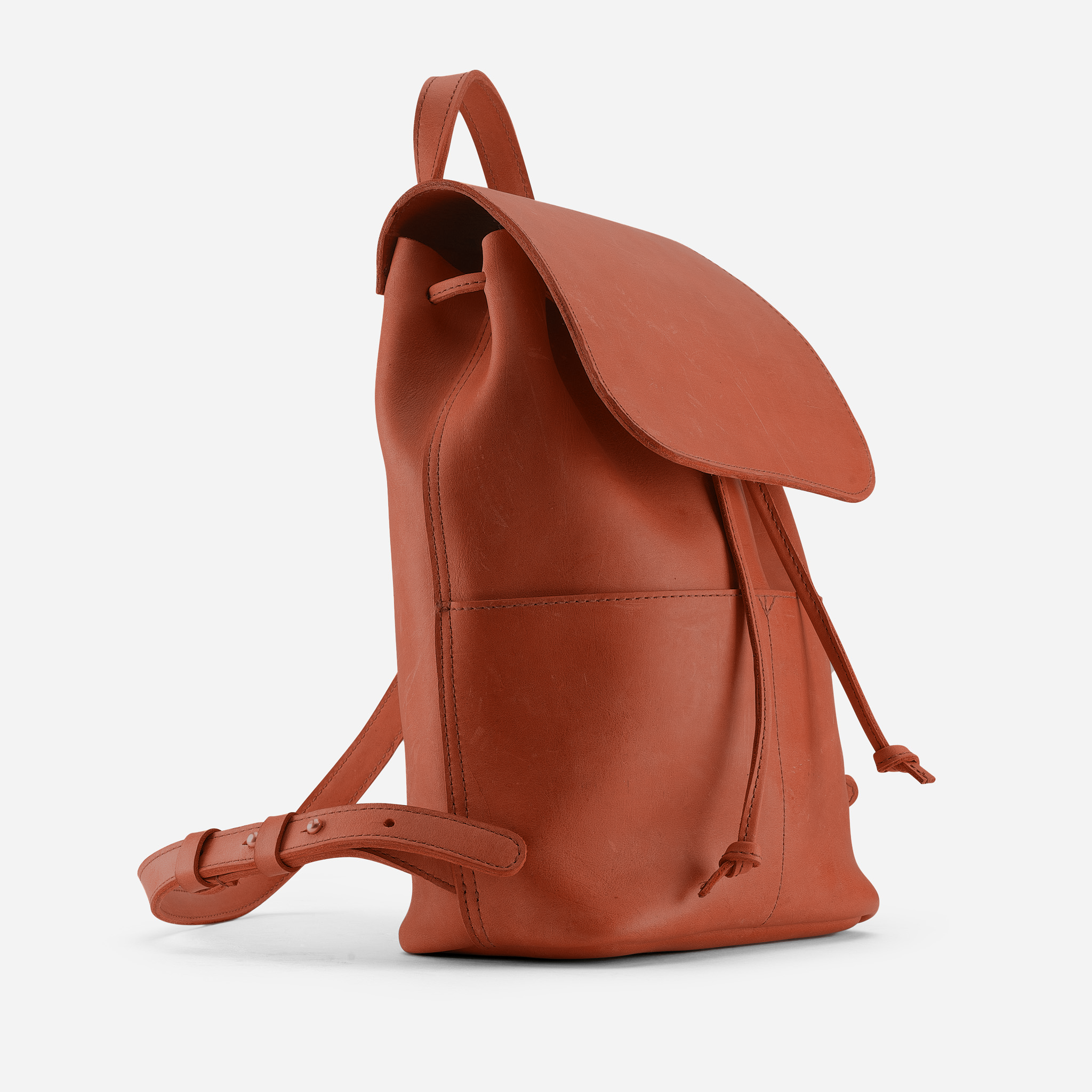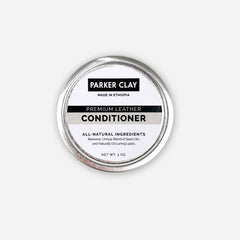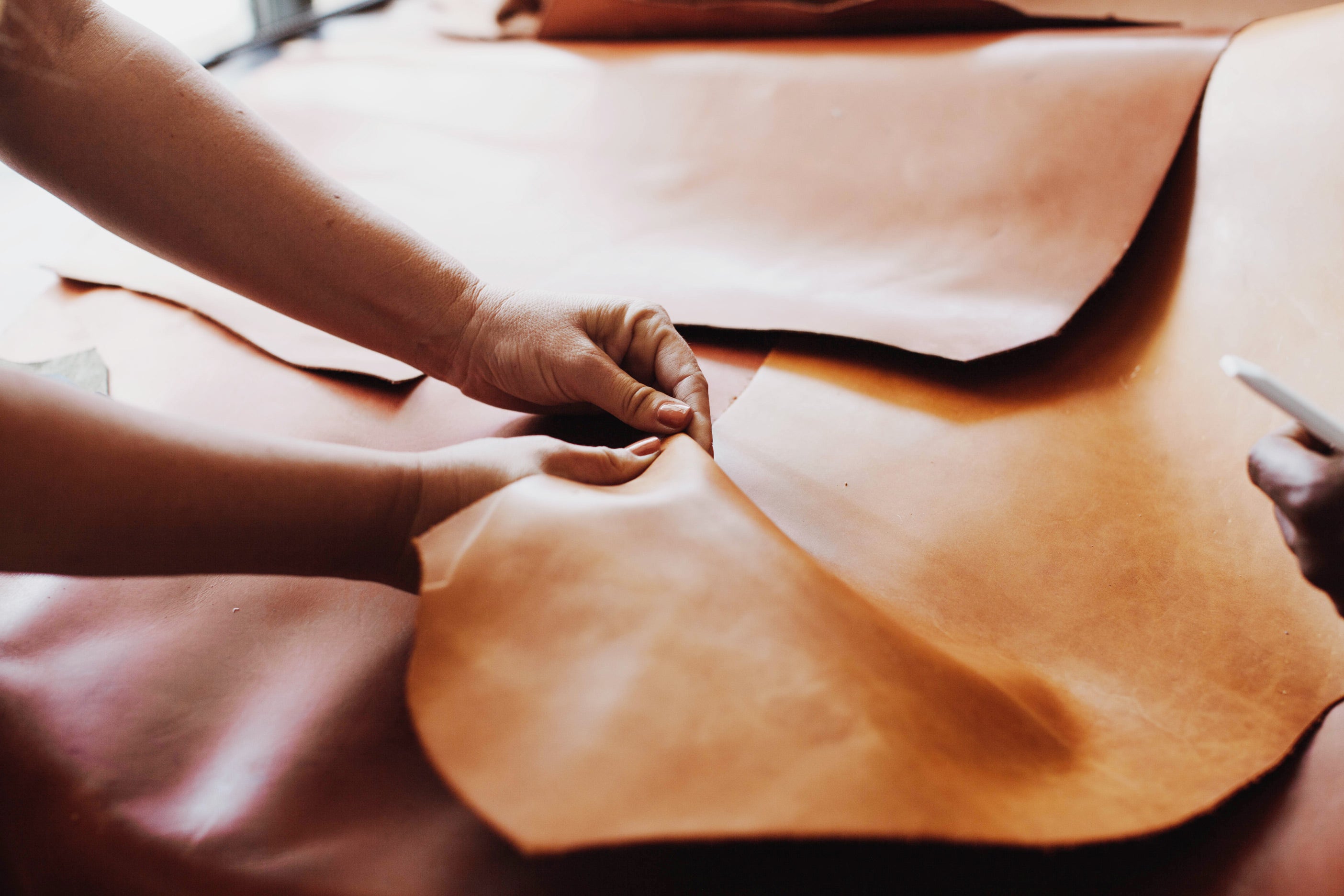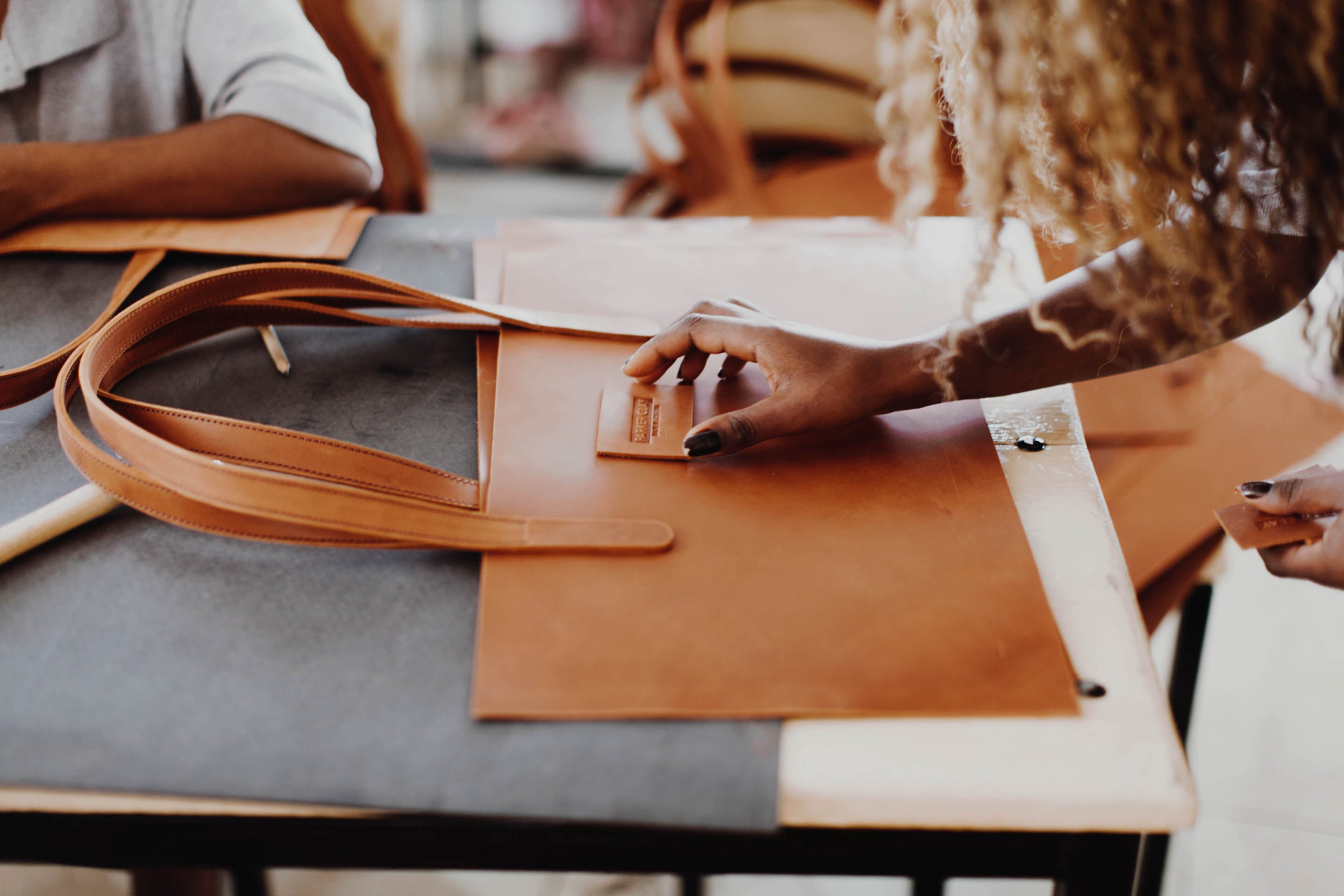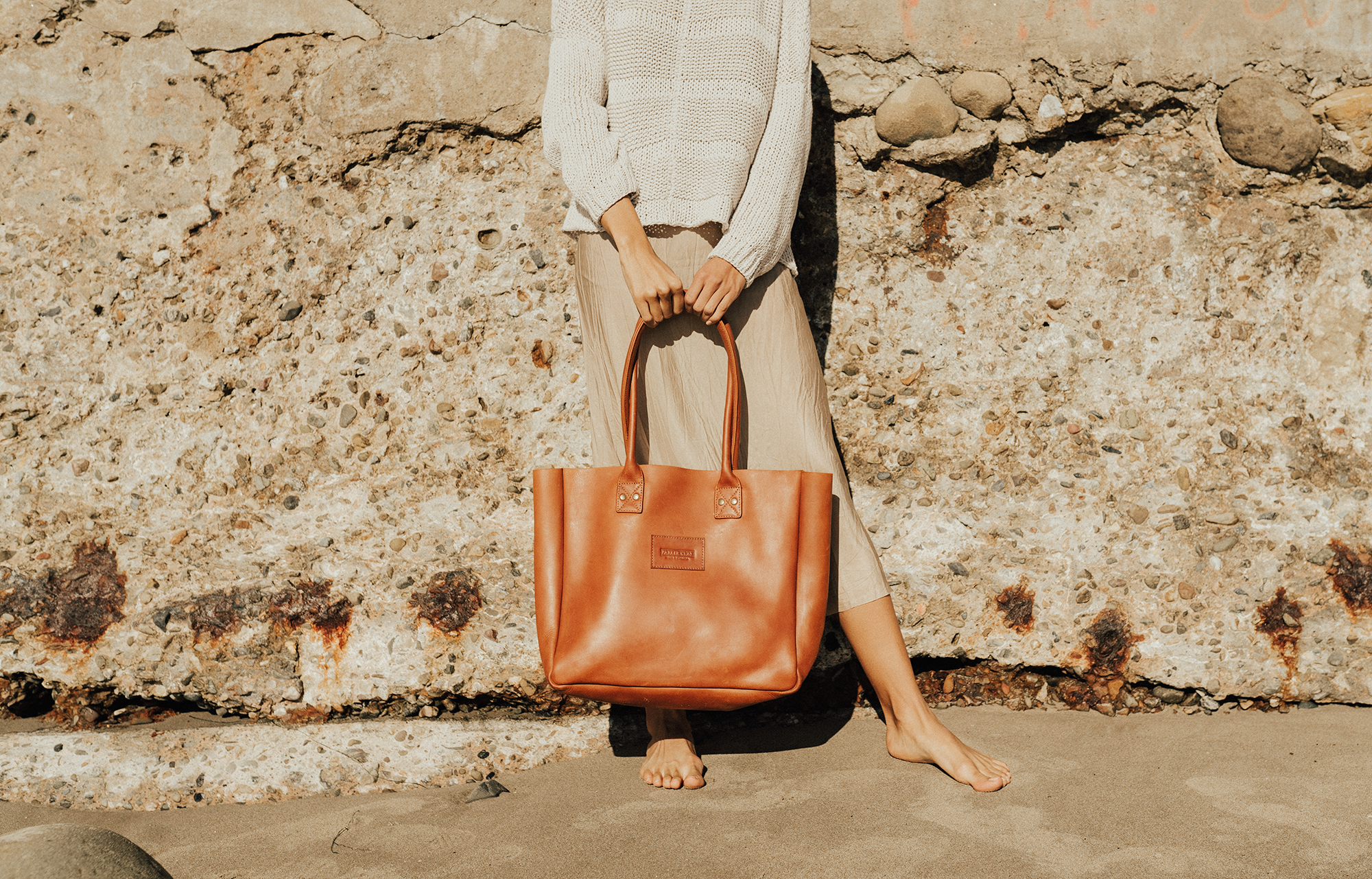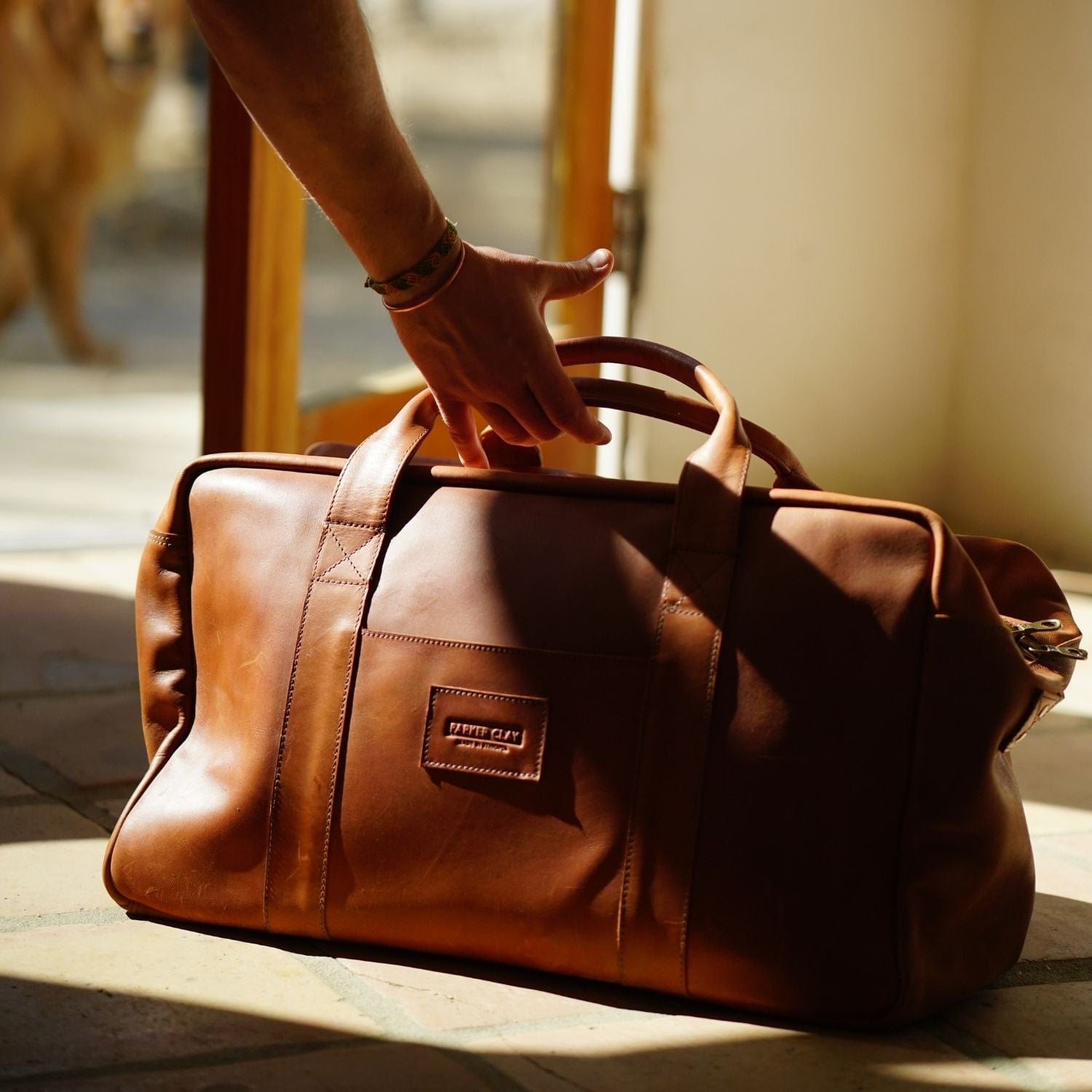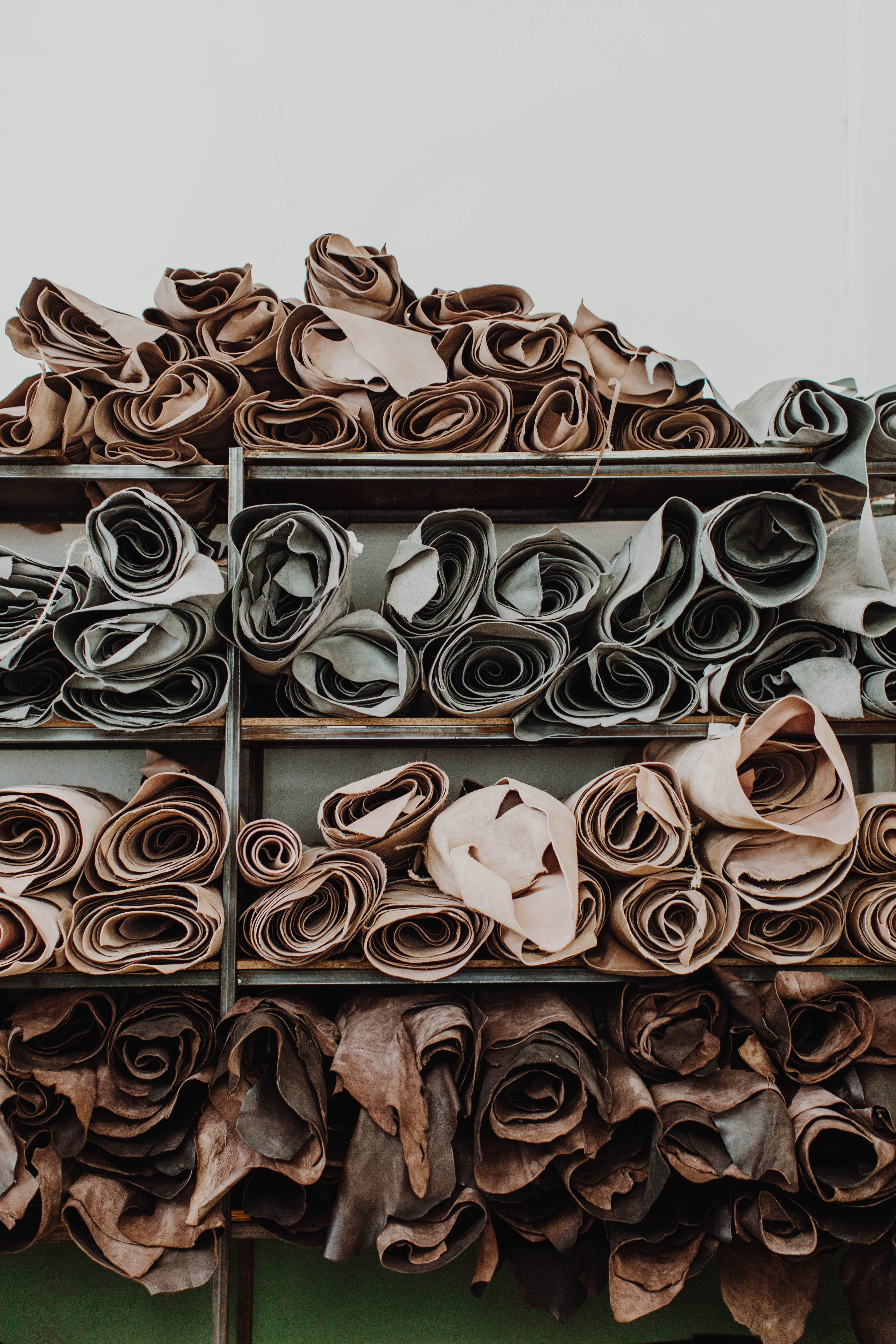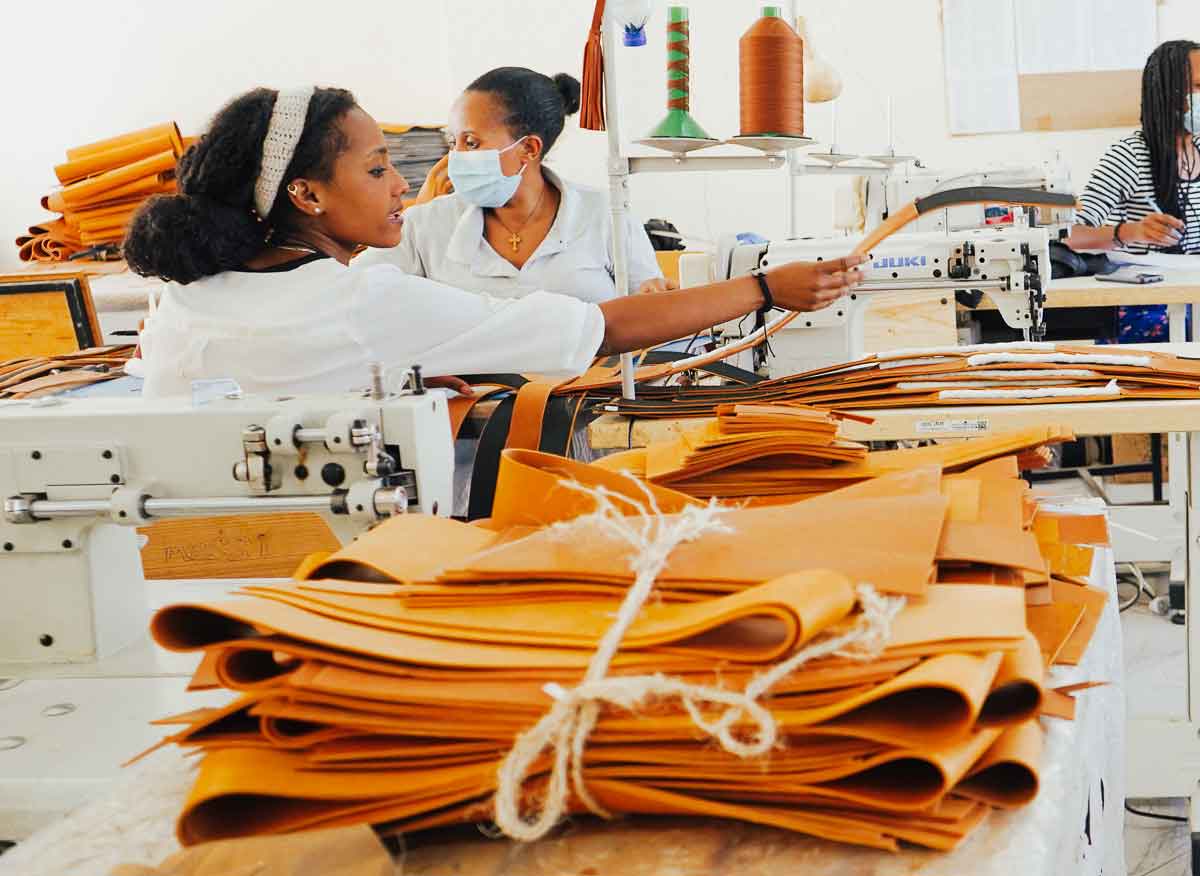Craftsmanship and Quality with A Conscience
At Parker Clay, we’re intensely proud of our products and our mission. Parker Clay offers the finest sustainable leather goods in a variety of both contemporary and traditional styles.
We wanted to answer some of your questions about sustainable leather and what goes into making our products, how we source it, how we use it, and how we support our artisans who create our wonderful goods.
Sustainable leather is more than just leather crafted with the environment in mind. Every aspect of the production process — from sourcing to when it lands in your hands — is curated with quality craftsmanship and the highest ethical standards.
It’s ethical, sustainable leather you can be proud of too.
What is sustainable leather?
Sustainable leather is leather that is a byproduct of local farming and agriculture industries. It is considered sustainable because the animals are not raised for the express purpose of using their leather for goods — they are first and foremost farm animals.
We source our leather from local Ethiopian providers who treat their animals with care and respect. We also offer prime fair-trade prices to local farmers. Since we use ethically sourced leather from food animals, our sourcing has a negligible environmental impact on local agriculture and processes. And because our products are hand-made, our industrial processes are likewise low impact and sustainable.
Another term for our sustainable leather is “ethical leather” — ethics form the backbone of our business and have led to Parker Clay’s success.
The Environmental Impact of the Leather Industry
The global impact of leather production is huge. Some of the biggest concerns of real leather production include:
Land and water use
Deforestation
Greenhouse gas emissions
Traceability
That’s why we use traditional, local sourcing and handcrafting practices that reduce the impact of chrome and other chemicals that are found in our competitors’ products. We also use recycled water to minimize wastewater and environmental impacts. And, we demand our partners’ adherence to environmentally sustainable processes in their tanning and preparation of the leather we source.
What is “eco leather”?
“Eco leather” or “eco-friendly leather” is a trade term to describe leather that is sourced in various ecologically or animal-friendly ways. This includes the creation of leather substitutes from plant fibers and other materials, many of which are made with processes that are—ironically—harmful to the environment.
We prefer the term sustainable leather because it more accurately reflects the Parker Clay set of best practices for ecological, cultural, and economic sustainability. Our leather is actual real animal skin, sourced from animals raised locally for food.
We stand behind our ethical leather and its sourcing because, unlike so-called faux “eco leather,” our leather is not derived from plastic, wood fibers, or other non-animal materials that would need to be produced with chemicals and leave behind industrial waste. Some fashion brands may also greenwash and call “eco leather” by names like “pleather” and “vegan leather” — when it’s really just plastic.
The local tanning process used for our leather goods recycles water and is non-artificial, done again with traditional local practices.
The Parker Clay promise to you and the world
Who are our Artisans?
We employ local women from Addis Ababa, many of whom have been impacted by human trafficking and the sex trade. We provide training, pensions, health care, paid time off, access to transportation to and from work, and even a laundry service.
We are immensely proud of the fact that we can provide support to these women and their families. By providing dignified, well-paying positions, we help empower our artisans to send their children to school and provide for their parents in old age. Our artisans are like our family, and we love to set goals and build a better Ethiopia together.
Preserving Native Ethiopian Crafting Traditions
Our Artisans make use of native Ethiopian craft knowledge and techniques. Our goods are designed in California and are handcrafted in Ethiopia. Since our luxury goods are works of art meant to be passed down within families, we use a mix of contemporary design and traditional Ethiopian artistry to create our unique luxury leather goods. As leather ages, it develops a unique patina and shine. This means that your Parker Clay item will only become more beautiful as it gets older.
This can’t be said for many other brands of handbags and leather goods. By buying Parker Clay, you’re not only supporting a great ethical brand, but you’re also gifting yourself with a work of art that will be handed down in your family for generations. What’s more sustainable — or beautiful — than that?
The Sustainable Supply Chain — The Good Business of Good Ethics
We use two phrases when we educate people about our products: Conscious Consumerism and Fashion on Purpose.
Conscious Consumerism refers to the idea that consumers should have options to support companies that use their resources to care for the most vulnerable, and that doing so does not compromise on the quality and style of products. Not only is it possible, but as concerns about climate change and environmental issues grow, it’s necessary. As the Parker Clay supply chain is designed with fair trade practices in mind, our view is that being an ethical firm is essential to our success.
Fashion on Purpose speaks to the idea that fashion doesn’t need to simply be about visual design and style but can also be about the story of how the goods were produced and the good that is done by producing amazing, fashionable products locally, and how this can lift people out of poverty.
Parker Clay’s Ethical Leather Promise
So, we at Parker Clay believe that preserving local skills, sourcing our leather locally and sustainably, and providing our artisans with a fair, livable wage and benefits all contribute to the creation of a beautiful, fashionable product that you would be proud to own.
